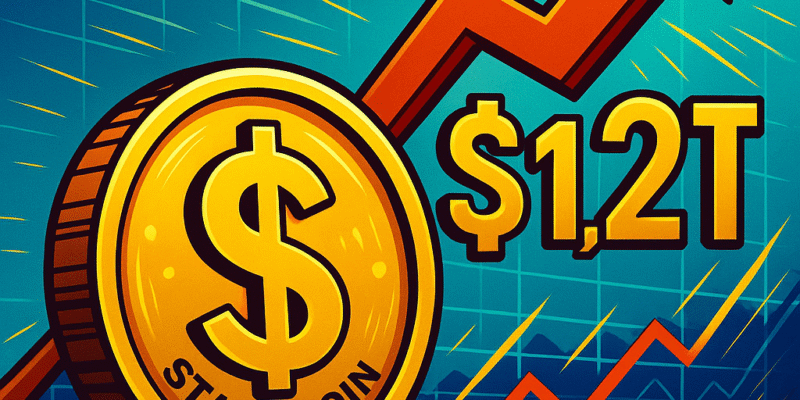The stablecoin market is heading toward a new milestone. Coinbase projects it could reach $1.2 trillion, backed by more than 20,000 different growth pathways. It is a forecast that signals not just expansion but transformation in how digital money is being used around the world.
This growth is not abstract. It is tied to daily realities. People are already turning to stablecoins to move money quickly without losing a portion to fees. Businesses are exploring them as a way to simplify cross-border trade. Institutions see them as a tool for cutting settlement times that normally stretch for days. Each of these examples adds momentum, and together they create the wave that Coinbase believes will carry the market into trillion-dollar territory.
The real story here is variety. There is no single driver pushing adoption forward. Instead, thousands of small but meaningful use cases are building on one another. A freelancer in Lagos receiving a payment from abroad, a merchant in Johannesburg paying a supplier, or a global investment firm experimenting with faster clearing systems, all of these threads tie into the same fabric of growth.
Scale is another factor, once larger companies and institutions embrace stablecoins, the numbers rise quickly. Billions can shift from one system to another almost overnight. That scale is what makes a $1.2 trillion market sound less like a distant vision and more like a realistic outcome.
Coinbase’s report also emphasizes that stablecoins are gaining traction because they solve long-standing problems. High remittance costs, slow international transfers, and currency uncertainty have affected people and businesses for decades. By offering speed, predictability, and lower costs, stablecoins provide a clear alternative.
Reaching that $1.2 trillion mark would do more than expand the size of a market. It would change expectations about how money moves. For everyday users, it could mean instant access to payments, for businesses, it could mean leaner operations and better cash flow and for institutions, it could mean efficiency at a level that legacy systems struggle to match.
There are still hurdles, regulation, transparency, and security remain central questions. Yet Coinbase’s outlook suggests these challenges are part of the journey rather than roadblocks. With clear rules and stronger trust, adoption is likely to accelerate rather than slow down.
One thing is certain, the stablecoin market is gathering speed, and the journey toward $1.2 trillion is well underway. It is growth powered by everyday choices, institutional strategies, and global demand for faster, cheaper, more reliable money.

Comments